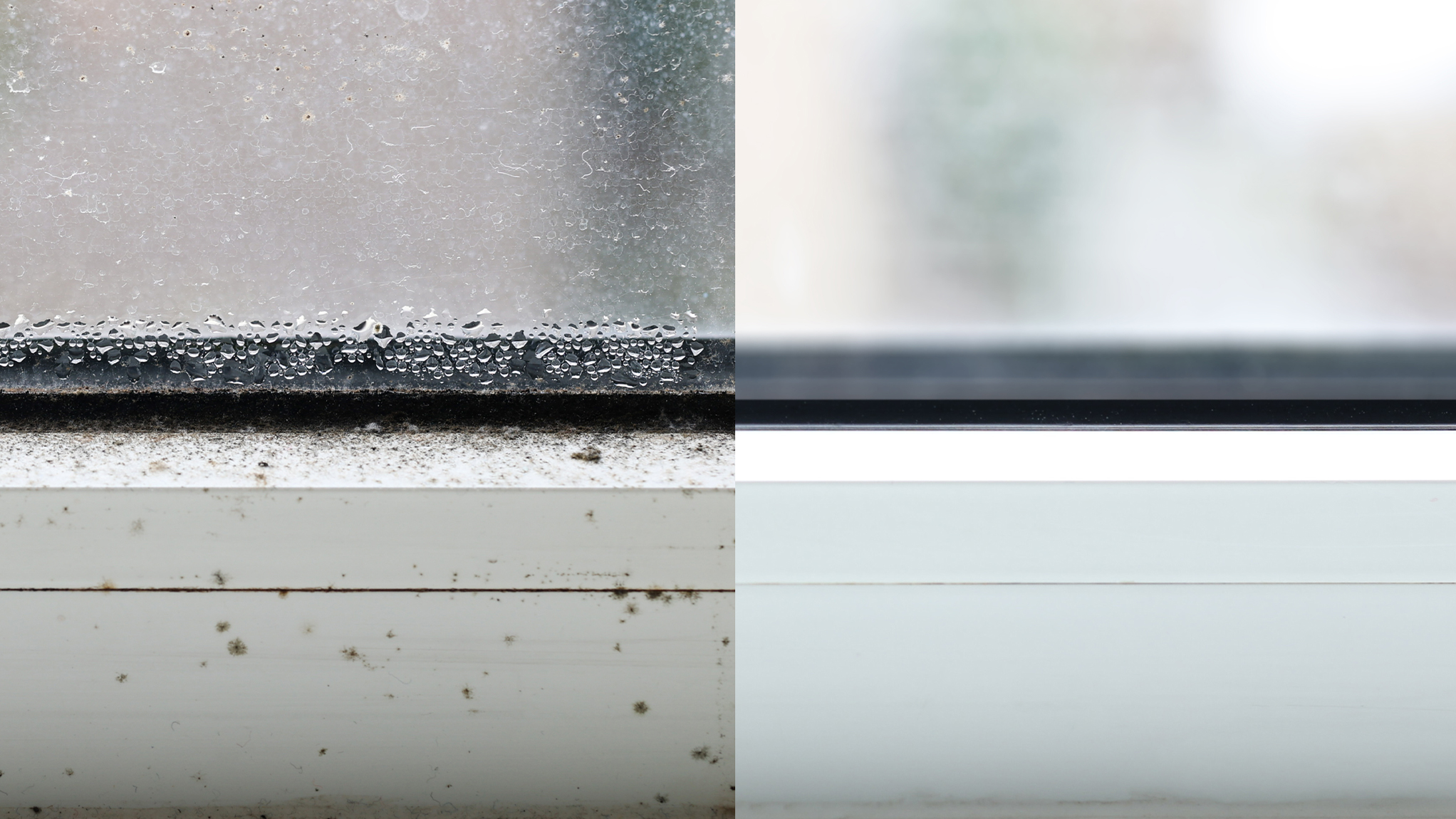Burst pipes are in the news at the moment and unfortunately it is likely that as the snow melts and the temperatures start to rise above freezing that many more homes will be affected with burst pipes. There are many sites offering advice about how to avoid burst pipes in the first place so I will not duplicate any of that, instead I will concentrate on what we know best, how to dry your home out again afterwards.
Why things dry?
Things dry so that they are in equilibrium with their surroundings. If the air around something organic is dry then that thing will dry, whether it be a damp wall, a door, a floorboard or in our example below some washing on a clothes line.

In order to understand how to safely and quickly dry your home you first have to understand the science of drying washing on a clothes line! Drying a room that has been soaked by water from a burst pipe or any other form of leak for that matter should be approached in exactly the same manner as you would approach drying your smalls outside.
Firstly every housewife knows that washing will dry best on a dry, warm, windy day. You don’t hang washing out on a cold, damp day with no breeze and expect it to dry quickly. The same is the case for your damp room.
So using our clothes line science to dry the room you need the following;
-
Heat
-
Wind
-
Dry air
Heat
To speed up drying warm the room up, this lowers the relative humidity, and if you are using a compressor dehumidifier makes the dehumidifier more efficient. The dampness in the fabric of the room will leave the walls, doors and ceiling faster if the air around them is dry in order to ensure that the moisture content of the material that it is stuck in reaches equilibrium with the air that it is in contact with.
Wind
Airflow is important because some of the water molecules in the walls, floors or doors will be reluctant to leave their new home and need the air flow to push them out. These are called sticky water molecules and the process is the same in a wall as it is with clothes on the line, the more air flow the faster we can get the sticky water molecules out.
Dry Air
Nothing will dry if the air in the room is damp; you need to have a low relative humidity and just putting heat into the room is not enough. You need a dehumidifier to turn that moisture in the air into water in the bucket. There is something satisfying about pouring the water away or watching it drain away via a hose after the damage it has caused to your home. When you see the water going you know that you are winning the battle to dry your house and get back to normal again.
Hiring the right equipment can be expensive and really when you are drying out after a flood you need to work on a room by room basis. You could therefore be looking at several dehumidifiers. To keep the cost down how about the following;
-
Use oil filled radiators or portable heaters to warm the rooms up.
-
Find those fans that you bought back in 2006 when the sun last shone and put them to good use.
-
Borrow equipment from neighbours, friends or family, they will be delighted to help out in your hour of need.
Finally if you do use electrical appliances in a room that has been effected by water ingress then always use a RCD for safety and get an electrician to check the sockets if you unsure. All of our hire dehumidifiers come with a complimentary RCD to ensure that your hire is as safe as possible.
If you have any questions then please feel free to call the office on 01483 234900 and ask away.






